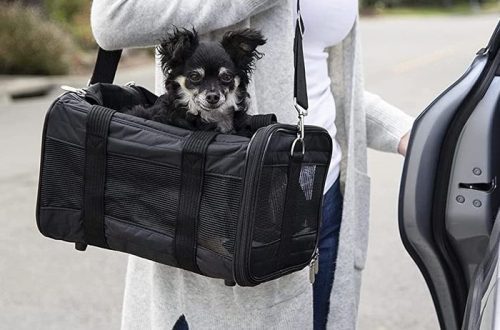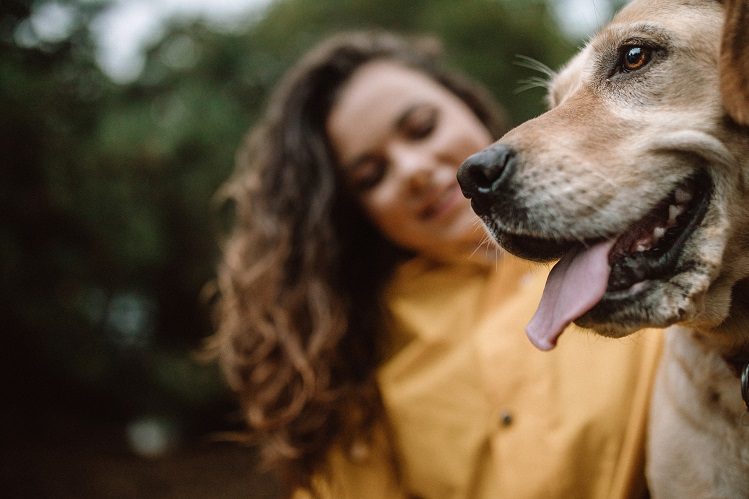
Which dog to take from a shelter: a puppy or an adult?
If you decide to adopt a dog from a shelter, there are a lot of questions to consider at the selection stage. And one of the most important: what age pet is right for you and your family. Puppy or adult dog? Let’s take a look at the benefits and potential challenges for each of these options.
Often the desire to adopt an adult dog from a shelter is based on emotions. We saw a photo of a pet of a beautiful color with smart eyes – that’s all. You are sure that this is the dog you have been looking for all your life. But an adult dog already has life experience and, most likely, quite painful. Therefore, an adult dog behaves according to its character, habits and past experience. You need to learn more about this from the dog handler.
One curator can have five or ten dogs under guardianship. The curator knows everything about the behavior and health of his wards, he can save you from a rash step. Describe what conditions you can provide a potential pet, what is your family composition. For example, an adult hyperactive dog is not suitable for a family with toddlers.
If the curator suggested that you take a closer look at any dog, be sure to find out its background. If your pet has a chronic disease, you need to decide in advance whether you will be able to provide the dog with proper care and medication.
Be sure to find out how old the dog you like is. If you understand that it will be extremely difficult for you to survive the loss of a pet, it is better to immediately look at younger pets. Or even puppies with their whole lives ahead of them.

The key point is to find out if the dog lived in the family or spent his whole life on the street. If an adult dog from a shelter used to live in a family, then why was she given to a shelter? Is this related to unwanted behavior? Does the dog have negative experiences with people?
Before taking the dog home, you need to come to visit her several times, and on one of the visits it is worth coming with a dog behavior specialist. A professional will be able to express his point of view about possible problems during the period of adaptation in a new home. These difficulties do not mean that the dog will not suit you as a pet. It just may require additional resources to correct the behavior. It’s best not to come as a surprise to you.
But a dog with the experience of living in a family will quickly get used to the daily routine, the rules of behavior in the house. The sooner such a well-mannered, socialized dog finds a new family, the better.
If you have a dog in front of you that has lived all or almost all of his life on the street, it is in your power to give her a new, long and happy life. But there are nuances here too. Homeless dogs usually have serious problems with the gastrointestinal tract, because for many years they ate only what they themselves could get. In the early days, they may not perceive as suitable food for them a high-quality complete food or a balanced natural diet that you offer. But this can be adjusted, the main thing is to show maximum patience and love.
After life on the street, the dog will be uncomfortable in the four walls, especially alone. She may not understand why you can’t go to the toilet anywhere and why you need to endure until walking. Often, at first, such dogs do not perceive the collar and leash well, because they have almost never been walked. So the pet will need to develop new skills and behaviors. It will take time, patience and the help of specialists.
But at the end of the adaptation period, the dog will adore you. She will not forget that it was you who became her savior. Your care and love will return to you triple.
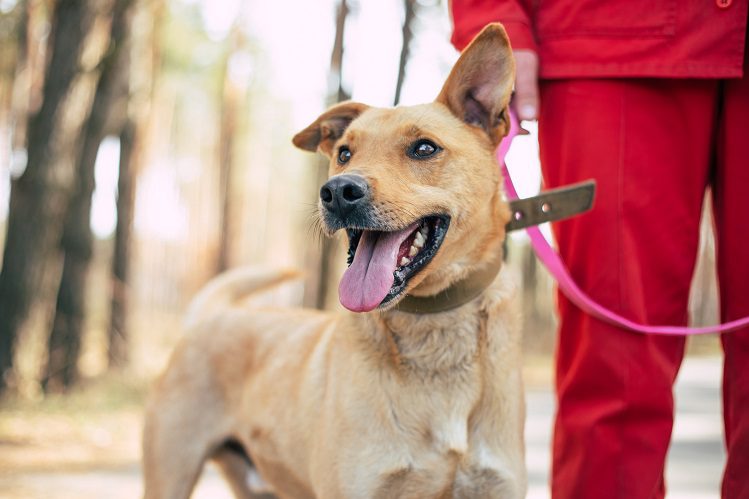
It is advisable not only to visit the future pet for a month or two, but also to visit him a couple of times with the whole family. And when the long-awaited moment of the arrival of the pet to your home comes, ask the curator to bring him to you. Meet in the yard and take your pet to his new home together. These little tricks will help reduce your dog’s stress from the change of scenery.
In the first two or three days, it is important that the pet stops worrying about the move. It is necessary to let him know that there is a safe space around, where no one will offend him. Build communication right away so that you don’t have to take anything away from your pet. There are times when it’s better to sacrifice a decorative sofa cushion rather than a dog’s nascent trust.
The most important thing is a well-equipped comfortable place for the dog. Let it be a corner in the room or some other cozy place. For your pet, this is his own territory. He must know that it is there that he is safe. In the first days, it is necessary to obsessively approach the dog resting there and stroke it. This is his territory! Remember this. He himself should approach you – to communicate.
When he learns to trust you, not to be afraid of a hand extended to him, try to go into the next room, but do not close the door so that the pet can see you. The stage of acceptance and recognition of you as the owner will come in a month or two.
It will be possible to talk about the full adaptation of an adult dog from a shelter not earlier than in a year.
Puppies can be taken from their mother no earlier than two and a half or three months. But it makes sense to wait until the puppy grows up. At the age of five to seven months, you can already see what kind of character the puppy has. Sometimes it happens that during adolescence, hereditary diseases appear in pets, which the future owner should be aware of. Be sure to find out if all vaccinations have been given to the puppy.
Shelter puppies adapt faster to a new home than adult dogs. Puppy age is the age when a four-legged friend willingly learns new things, loves to play, shows curiosity, grows quickly and sleeps a lot.
Do not organize for the puppy only one place where he is allowed to sleep and lie down. One of the nooks for a puppy should be equipped near your bed. If the puppy wakes up at night and whines, you can immediately reach out and calm the baby.
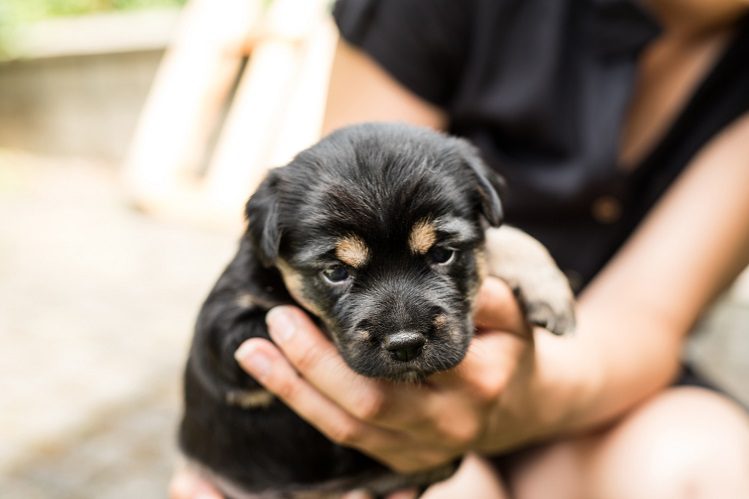
Give your puppy more toys. The game will distract him from the stress caused by the move. If the puppy had its own bedding at the shelter, it would be great to bring at least a piece of this bedding to the new home. The puppy will smell a familiar smell and calm down.
Try to explain to the young ward from the first days what is possible and what is not. If you do not immediately indicate that you cannot jump on the sofa, it will hardly be possible to explain this in six months.
When you don’t allow your puppy to do something, such as chewing shoes, offer him another interesting toy in return to make him switch. That is, the ban on something should not be in the form of a loud shout and intimidation, but in the form of a replacement for another occupation. Remember the most important thing: the puppy should not be afraid of you! He must trust.
Try not to overload your puppy with excessive physical activity. The little varmint will get even more naughty if he sees that you are ready to play for hours, to forgive him everyday vandalism. For a small puppy, 10 minutes of active play is already a significant load. Try to communicate more with the baby, but arrange active games in the form of short physical education sessions. Played for 10 minutes – let the baby sleep.
Despite the need to raise a young pet from the first days, be patient. Punishments are completely out of the question. Don’t raise your voice. Ignore unwanted behavior, reinforce good behavior with a kind word, affection and delicacy.
If you decide to adopt a puppy from a shelter, you will have to take full responsibility for its upbringing and training. But it’s nice work. Try to start practicing the simplest commands like “Lie down!” and “To me!”. It is important for you not to achieve brilliant results from the puppy, but to convince him that you are a great team. Let the puppy see and hear how you rejoice in his success. You will certainly be able to establish contact with the pet.
When the puppy grows up a little and gets used to the new house (in about a couple of months), you can think about OKD – General Training Course. This will help the puppy to socialize. It will be useful for him to master the basic skills of a well-mannered dog and communicate with relatives.
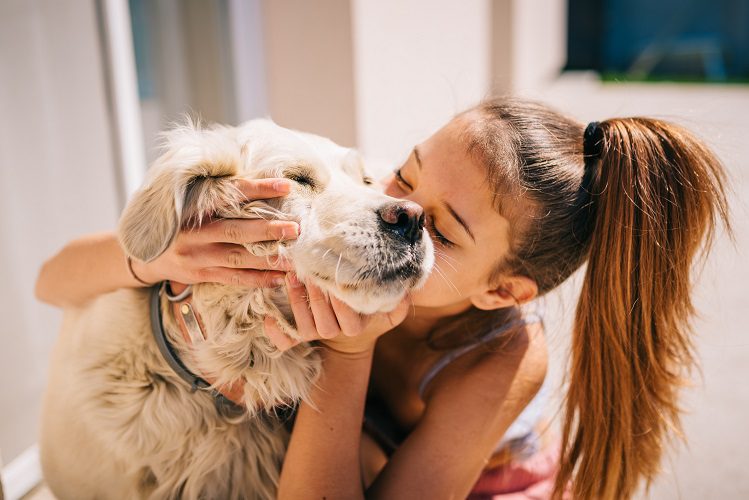
Recall the basic rules that apply to potential owners of pets of any age. Often the decision to take a pet from a shelter is made by those who do not have enough experience in communicating and caring for dogs. Start informational preparation in advance.
Veterinarians and behavioral therapists have written numerous books and articles. How to establish contact, how to establish rules of conduct, inspire the trust of a new four-legged friend – basic information on these issues is available on thematic forums, websites, blogs of veterinarians and specialized literature. When the pet is next to you, at first you will not be able to read and watch training videos.
Prepare everything in the house before the arrival of the pet. Hide the wires in the boxes, remove all the little things that the dog can accidentally swallow, remove everything that is fragile, sharp, dangerous so that the pet cannot get to them. Be sure to hide household chemicals and medicines.
Equip a couple of places where the dog can rest. Bowls, toys, food – all this should already be in your house by the time you bring your dog into it. No need to give your pet extra stress in the form of stopping by the pet store on the way from the shelter. The dog will have more than enough adventure on this day.
For the first three or four days, do not force your dog to do any activity. Want to sleep at home? Please. Want to chat? Pay attention to your pet. In these first days, it is highly desirable to do without washing, combing, visits to the veterinarian, coming to the groomer’s house. The emotional well-being of the dog should always come first.
For the first two days, feed the new ward exactly as they were fed at the shelter. During a visit to the veterinarian, ask for advice about a suitable food, to which you will gradually begin to transfer your pet.
In the first days and weeks, the foundation of your relationship with the new ward is laid. Let all family members be at home next to the new pet in the first days (ideally, in the first couple of weeks). You should not take turns hugging the dog every five minutes in the first day or two, let the pet recover. But let the dog see that these people, who have been with her for the third day, are her new family.
Train your dog to be alone gradually, starting with five minutes and ending with several hours. Be sure to praise good behavior. Spent 15 minutes alone at home, didn’t get scared and didn’t chew anything? What a good fellow!
In conclusion, we emphasize that both a puppy and an adult dog from a shelter are equally good. Your choice depends on what you expect from your dog.
We wish you to find the pet that will become a long-awaited friend and family member for you and your loved ones.



